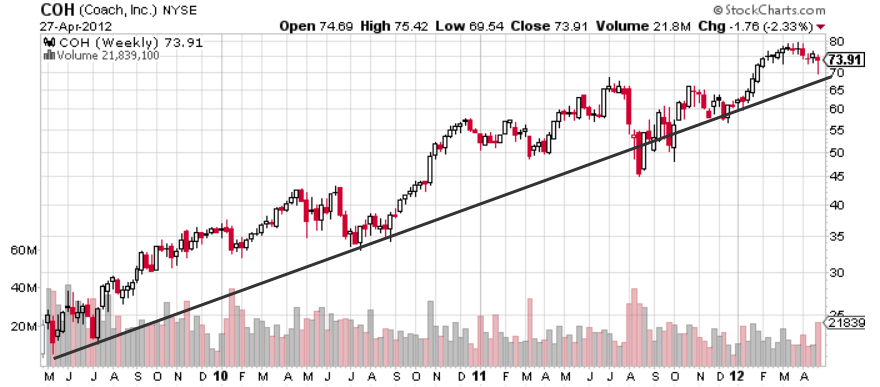Jeremy Schwartz, CFA, Executive Vice President, Global Head of Research
In a recent “Behind the Markets” podcast featured a conversation about trends in earnings with David Trainer, CEO of New Constructs, a technology company based in Nashville that uses machine learning algorithms to scour the footnotes of financial statements for unusual gains and losses that distort true cash flow and profitability of firms.
WisdomTree recently licensed the New Constructs core earnings data as a primary source for our earnings-weighted Indexes. Our research showed that the New Constructs earnings data is an improvement over the earnings available from other commonly available sources.
Earnings Trends Signal Caution
The New Constructs data on the trends in earnings distortion is one sign of caution for Trainer.
One measure of distortion compares the New Constructs core earnings data with the level of GAAP net income. The New Constructs core earnings figures are usually higher than GAAP net income due to one-time losses that are eliminated from “core earnings.”
But right now, the New Constructs core earnings metrics are below net income, which signals that accounting earnings are potentially more overstated. According to Trainer, the last two times the overstatement in earnings was similar to current levels was in 1999 and 2007—right before the last two bull markets ended.
Notably, the two sectors with the highest earnings distortion are Real Estate and Information Technology.
Valuations Even More Extended on Core Earnings
Another topic of discussion was the valuations of market capitalization-weighted indexes versus earnings-weighted indexes.
The S&P 500 was trading around 24x trailing 12-month price-to-earnings using the New Constructs core earnings measure, while an earnings-weighted index for large caps was valued around 18x—a healthy discount.
The more that market multiples rise, the greater the chance for a discounted, lower multiple that is inherent to an earnings approach. Said differently, as valuation ranges widen, there is more opportunity for relative value adjustments.
This potentially is becoming an important time to consider strategies that lower the multiple of the market. The lowest multiples are currently found in small caps: in December, the WisdomTree U.S. SmallCap Index (WTSEI) was valued approximately 10x below the market capitalization-weighted benchmarks, as measured by the trailing 12-month price-to-earnings ratio using the New Constructs core earnings metric.
Additional Uses for New Constructs
Trainer also discussed the valuation models and stock screeners that New Constructs provides—including his most popular model for firms that best align executive pay with return on invested capital metrics. There are many different price points for New Constructs’ tools as well as a number of trading platforms that provide access to its data.
Listen to this great full conversation on trends in earnings and how New Constructs might be a useful investing resource.
This article first appeared on the WisdomTree blog on January 28.
Photo Credit: Pictures of Money via Flickr Creative Commons
Disclosure: Certain of the information contained in this article is based upon forward-looking statements, information and opinions, including descriptions of anticipated market changes and expectations of future activity. WisdomTree believes that such statements, information, and opinions are based upon reasonable estimates and assumptions.
However, forward-looking statements, information and opinions are inherently uncertain and actual events or results may differ materially from those reflected in the forward-looking statements. Therefore, undue reliance should not be placed on such forward-looking statements, information and opinions.



